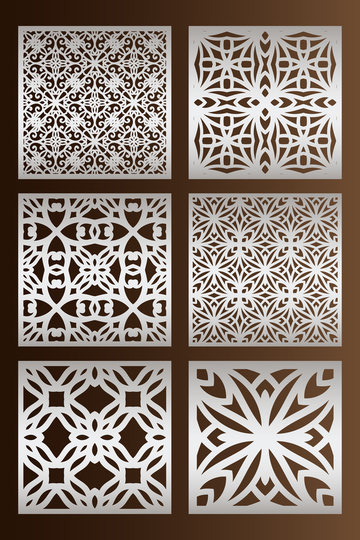Steel laser cutting is a process that uses lasers to cut metal sheets. It is a cost-effective and fast way to cut metal sheets. Steel laser cutting is indeed a highly efficient and economical method for cutting metal sheets. By utilizing the power of lasers, this innovative technique offers remarkable precision and speed in comparison to traditional cutting methods. The intense heat generated by the laser beam allows for clean and accurate cuts, ensuring minimal material wastage. Moreover, steel laser cutting eliminates the need for additional finishing processes as it produces smooth edges that require little to no further refinement. This not only saves time but also reduces overall production costs. Whether you are working on large-scale industrial projects or smaller custom designs, steel laser cutting is a reliable solution that guarantees top-notch results in a cost-effective and time-efficient manner.
-
250, Shukan Mall,
Nr. CIMS Hospital,
Science City Road,
Sola, Ahmedabad - 380060
-
Call Us On
+91-9099415169
-
Mail Us @
info@steelfabricationindia.com

Steel Laser Cutting Service
It has many benefits over the traditional methods of cutting steel, such as plasma, water jet, and gas cutting. Laser cuts are cleaner and have less heat distortion than the other methods of steel cutting. Laser cutting indeed offers numerous advantages when compared to traditional methods such as plasma, water jet, and gas cutting. One of the major benefits is the cleanliness of laser cuts. Unlike other methods that may result in messy or burr-ridden edges, laser cutting produces precise and clean cuts, minimizing the need for additional finishing work. Additionally, laser cutting significantly reduces heat distortion. The focused and intense beam of the laser allows for precise control over heat input, resulting in minimal thermal impact on the surrounding material. This means that intricate designs can be achieved without compromising the structural integrity of the steel. Furthermore, laser cutting offers excellent precision and accuracy. The advanced technology enables highly detailed cuts with tight tolerances, allowing for complex shapes and patterns to be easily produced. Another advantage is efficiency. Laser cutting operates at high speeds while maintaining consistent quality throughout production runs. This leads to increased productivity and shorter lead times for your steel fabrication projects. Moreover, since lasers are non-contact tools, there is minimal wear on equipment components like blades or bits compared to traditional methods where consumables need frequent replacement. Consequently, this helps reduce operational costs in terms of maintenance and tooling expenses. In summary, laser cutting provides a superior alternative to traditional steel-cutting methods due to its cleaner cuts with less heat distortion, superior precision and accuracy capabilities alongside improved efficiency leading to reduced costs over time..
Laser cuts are cleaner and have less heat distortion than the other methods of steel cutting.
| Service Location/City | All over the world | |
|---|---|---|
